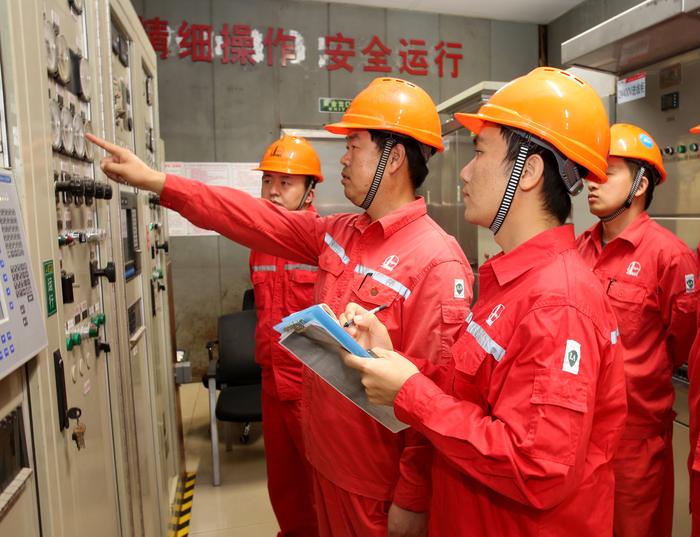|
| 2019-10-31 来源: 中国石化新闻网 |
| 石化新闻 |
|
中国石化新闻网讯 据10月29日New Europe报道,国际能源署执行主任法提赫•比罗尔(Fatih Birol)表示,海上风能目前仅占全球发电的0.3%,但其潜力巨大。他强调,要使海上风能成为清洁能源转型的中坚力量,各国政府和工业界还有大量工作要做。 IEA认为,到2040年,欧洲的海上风力发电能力将达到130至180吉瓦。该机构表示,成本下降和“显著的技术进步”,更大的涡轮机和海上的风,将推动风能发展。考虑到海上风电的生产因素,在许多地方,海上风力发电已经和煤和天然气发电一样稳定。 欧盟委员会(European Commission)对2050年的八个设想显示,到2050年,欧洲需要230至450吉瓦的海上风力发电,以实现能源系统的脱碳。WindEurope表示:“欧洲已经做好准备,能够满足这些需求。欧洲在海上风能技术方面处于世界领先地位,并大量出口。并且刚刚竖起了一座12兆瓦的海上风力涡轮机。欧洲正在领导海上风能的部署,这将在未来发挥关键作用。欧洲风力发电的供应链、港口和物流都实现了规模经济。现在有6万多欧洲人在海上风能领域工作。” WindEurope的首席执行官Giles Dickson对国际能源署的报告表示欢迎,他指出:“该报告是对海上风能的有力支持,准确无误地展示了成本下降和技术发展如何使海上风能成为各国明显的能源选择。这份报告不仅表明,在许多地区,海上风能与煤炭和天然气一样便宜,而且就其‘生产因素’而言,也一样稳定。” 他补充道:“IEA对欧洲的预测实际上是保守的。该报告表示到2040年将达到130-180吉瓦,但到2030年,我们将拥有9000万千瓦的电力,这要感谢各国政府自开始制定国家能源和气候计划以来所做的更多的承诺。欧盟委员会对2050年的8个设想是到2050年达到230至450吉瓦,这就是我们的目标。” 洪伟立 摘译自 New Europe 原文如下: IEA highlights offshore wind role in Europe’s 2050 climate neutrality Offshore wind currently provides just 0.3% of global power generation, but its potential is vast, IEA Executive Director Fatih Birol said, stressing that much work remains to be done by governments and industry for it to become a mainstay of clean energy transitions. The IEA thinks European offshore wind capacity will reach 130-180 GW by 2040. They say falling costs and ‘remarkable technological progress’ – bigger turbines and floating offshore wind – will drive progress. They say offshore wind is already as stable a form of power generation as coal and gas in many places, given its high capacity factors. The European Commission’s eight scenarios for 2050 show Europe needs between 230 and 450 GW of offshore wind by 2050 to decarbonise our energy system. “And Europe is well positioned to deliver on these volumes,” WindEurope said in a press release. “We lead the world in offshore wind technology and export large volumes of it. We have just erected a 12 MW offshore wind turbine. And we are leading the deployment of floating offshore wind, which will play a key role in the future. Our supply chain, ports and logistics have all achieved economies of scale. And over 60,000 Europeans now work in offshore wind.” WindEurope CEO Giles Dickson hailed the IEA report, noting that it is a strong endorsement of offshore wind. “They’re spot on in showing how falling costs and technology development have made offshore wind an obvious choice for countries as a source of energy. And the report shows not only how offshore wind is as cheap as coal and gas in many regions, it’s also as stable in terms of its ‘capacity factors,’” he said. “The numbers the IEA envisage for Europe are actually conservative. They say 130-180 GW by 2040. But we’ll already have 90 GW by 2030, thanks to the increased commitments Governments have made since they started writing their National Energy & Climate Plans. The EU Commission’s eight scenarios for 2050 envisage between 230 and 450 GW by 2050, and that’s what we’re aiming for,” Dickson said.
|








